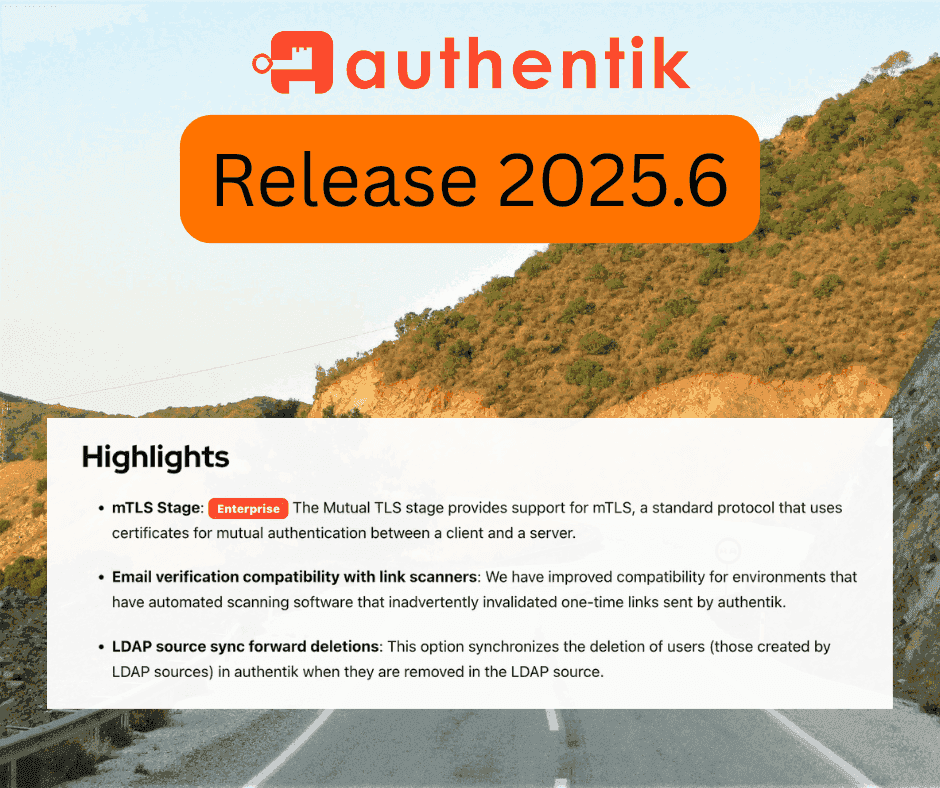authentik is an open source Identity Provider that unifies your identity needs into a single platform, replacing Okta, Keycloak, and Ping. Authentik Security is a public benefit company building on top of the open source authentik project.
To share some insight into how security teams talk, when in the comfort of our own team meetings, here's a little snapshot from last week:
The incident at Okta, with the full-circle failure of AI and the poor Okta engineer who AI-ed himself into a hot mess, generated a whole lot of conversation and took over our Friday meeting.
As Joshua Rogers aptly called it, the “AI slop security engineering” incident started with a report of two security issues to Okta's auth0/nextjs-auth0 project, along with a PR to fix it.
The incredible response from Okta was a downward-spiral of AI doing everything in the worst possible way: stripping the name of the contributor from the PR and committing it, then using AI to apologize for itself, and finally refusing to remove the AI-generated details of the commit and restore the contributor's attribution.
Even more interesting than the lurid details of the Okta's AI chasing its own tail, and painfully catching it, was our look inwards to how we each feel about AI, how we use it (sure, of course, we each use it to some varying degree), and what the professional and personal/moral implications are. This started a discussion amongst our team on how we collectively use, and don't use, AI in our daily professional lives.
We also discussed how we want to talk about our limited use of AI with you, our community.






